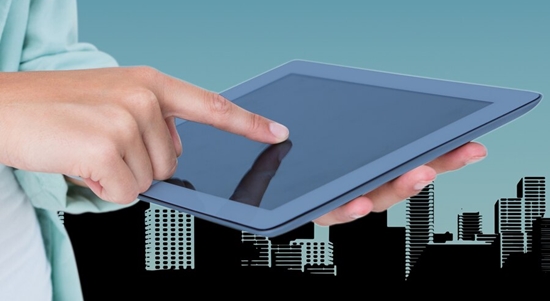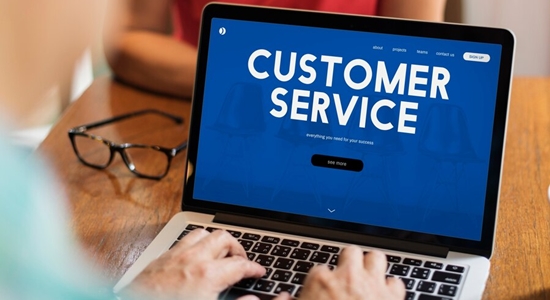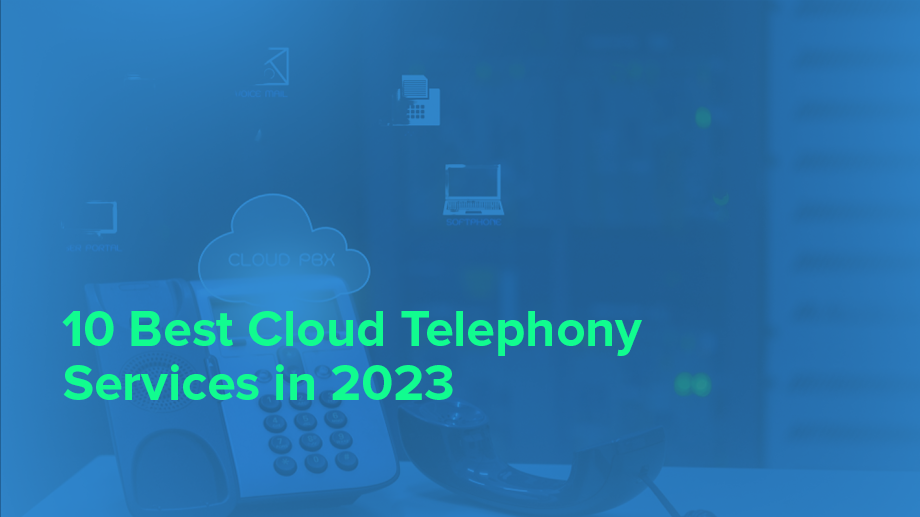- Resources
- 6 Innovative Examples & Ideas for Healthcare Marketing in India
6 Innovative Examples & Ideas for Healthcare Marketing in India

In the rapidly evolving landscape of healthcare, innovative marketing methods and consumer engagement approaches can be the key to winning trust and meeting changing patient expectations. With a rising population and increased digital connectivity, India presents a unique opportunity for health-tech and healthcare firms who are willing to invent and innovate.
This article explores six out-of-the-box ideas tailored to the healthcare sector in India, with a focus on understanding the unique needs and desires of today’s patients
1. Telehealth Awareness Campaigns
Telehealth has gained prominence in recent times, offering convenient and affordable healthcare for all. But many patients are unaware or may still have many doubts about this new way of accessing healthcare. As a healthcare firm or hospital, you can develop awareness campaigns that educate the public about the benefits of telehealth services.
Leverage social media, video content, and webinars to explain how telehealth consultations work, their advantages, and how to schedule appointments. By demystifying telehealth and promoting its convenience, you can encourage more people to embrace virtual healthcare options.
Example:
To reduce patient hesitation around diagnostic tests and treatments, a leading diagnostic firm streamlined access to medical advice across all touchpoints. Patients could book an online consultation session via the website, phone calls, SMS, or WhatsApp— with a single click.
They leveraged Ozonetel’s solution to send notifications to patients about upcoming medical consultations and reminders for post-session follow-ups through voice and digital channels. It led to an improvement of 36% in CSAT score and 54% in lead conversions.
2. Health and Wellness Podcasts
India’s podcast consumption is on the rise, making it an ideal platform for healthcare marketing. Today, there is a growing need for engaging and informative health and wellness podcasts hosted by medical professionals.
You can cover a range of topics, from preventive care and mental health to fitness and nutrition. These podcasts can serve as a valuable resource for consumers seeking trustworthy healthcare advice and help you establish your brand as a reliable source of information.
Examples:
Among a multitude of options, several podcasts stand out for their ability to connect health and wellness insights with impactful marketing strategies.
“Healthcare Weekly: At the Forefront of Healthcare Innovation” offers a deep dive into the latest industry trends, providing marketers with fresh perspectives to tailor their strategies. “Medtech Talk” specifically caters to those interested in the intersection of healthcare and technology, offering unique insights for marketing healthcare products and solutions. Meanwhile, “The Healthy Moms Podcast” appeals to a niche audience, allowing healthcare marketers to tap into the realm of family-oriented wellness. For a more holistic approach, “The Model Health Show” and “The Ultimate Health Podcast” provide well-rounded wellness discussions, offering marketers a diverse range of topics to align their campaigns with.
3. Augmented Reality (AR) Healthcare Experiences
Harness the power of augmented reality to provide interactive healthcare experiences. Develop an AR app that allows users to visualize medical procedures, explore anatomy, or learn about various health conditions. By making complex medical concepts more accessible and engaging, you can help patients make informed decisions about their health and treatment options.
Example:
Augmented Reality (AR) technology has the remarkable capability to superimpose digital images of a patient’s anatomy onto the surgical area, granting surgeons a clearer and more precise understanding of the internal processes.
For instance, Queen Mary’s Hospital has successfully employed AR for this very purpose. Throughout surgical procedures, surgeons can generate an anatomical map of the patient and project it onto their body, facilitating swift recognition of vital blood vessels and muscle clusters, thus marking out crucial “no-go” regions.
4. Virtual Health Communities
People crave support, especially when they are undergoing a prolonged illness or complex medical treatment. By creating virtual health communities, you can help patients and their loved one to connect, share their experiences, and seek support from peers facing similar health challenges.
These communities can be hosted on social media platforms or dedicated forums. Encourage healthcare professionals to participate as moderators, answering queries and providing expert insights. Such communities foster a sense of belonging and provide a safe space for individuals to discuss their health concerns openly.
Example:
Platforms like Care Opinion serve as valuable avenues through which patients, caregivers, and healthcare personnel can exchange care-related narratives and collaborate on resolving systemic issues. These platforms not only provide patients and caregivers with fresh resources but also present non-patients with perspectives and insights into healthcare experiences.
Research-oriented communities like Patients Like Me aggregate patient input concerning treatment effectiveness, side effects, and disease advancement, thereby offering advantages to patients, healthcare providers, industry stakeholders, and academic researchers alike.
A well-organized platform like IBDrelief specifically caters to the needs of those grappling with inflammatory bowel disease.
5. AI-Powered Symptom Checker
Today, AI has become a powerful means of making healthcare more accessible. Develop an AI-powered symptom checker that allows users to input their symptoms and receive preliminary health advice. This tool can help individuals assess their symptoms, determine whether they need medical attention, and provide guidance on next steps.
While the tool cannot substitute for professional medical advice, it can serve as a valuable initial resource for connecting patients to the right caregivers and healthcare professionals.
Example:
Public facing tools like Babylon and Isabel combine AI technology with human medical expertise to create an all-in-one healthcare experience. These platforms have been designed to assess your symptoms, uncover potential underlying causes, and suggest suitable courses of action.
They can identify most issues that primary care doctors tend to see. Users can search for the symptoms they are experiencing, select the best fit, and the Symptom Checker will ask you a few more questions and then the tool will provide information about possible conditions, recommend next steps, and connect you with a doctor if you want to see one.
6. Gamified Wellness Challenges
The worldwide healthcare gamification market is set to cross $47,281.5 million by 2026, displaying a forecasted period CAGR of 11.9%. Tap into India’s love for gamification by creating wellness challenges that encourage healthy behaviours.
Develop a mobile app that offers gamified challenges related to fitness, nutrition, stress management, and more. Users can earn points, badges, or rewards for completing challenges and achieving wellness milestones. This approach not only engages users but also promotes healthier lifestyles.
Example:
MyTeeth app is designed to guide children aged 1 to 9 in brushing their teeth effectively with proper technique and time limit. Another app, Loóna, focuses on helping users to relax after a stressful day, aiming to create the right atmosphere for a restful sleep. Meanwhile, MyFitnessPal functions is a nutritional app that enables user to track their daily calorie consumption and enhance their weight management efforts.
These are some good examples of such apps that provide motivation, rewards, and increase commitment in their users through gamification.
In Conclusion
By embracing these innovative approaches, healthcare providers and organizations can elevate patient experiences, foster trust, and position themselves as industry leaders. These strategies not only resonate with evolving consumer preferences but also pave the way for a healthier, well-informed population, consequently leading to improved health outcomes for individuals across the country.
Ready to take control of your call transfer
experience for better CX outcomes?
Prashanth Kancherla
Chief Product Officer, Ozonetel Communications
Over the past decade, Prashanth has worked with 3000+ customer experience and contact center leaders...
Chief Product Officer, Ozonetel Communications
Over the past decade, Prashanth has worked with 3000+ customer experience and contact center leaders to comprehensively understand the need for effective and efficient customer communications at every step of their journey with a brand. Deeply embedded in today’s CCaaS ecosystem, he has been instrumental in Ozonetel's growth and contributed in various roles including product management, sales, and solution architecture.







